#AustraliaRemembers #blogtour #booksontour #day4
Author Article by Allison Paterson
Far from boring – Allison dishes all the fascinating facts on the history of Australian war. 🇦🇺🌺
The opportunity to research and write about history is both fantastic and fascinating. There is so much to learn and sometimes the truth truly is stranger, or at the very least, more interesting than fiction. I have always approached learning about the past with passion and interest, although I also understand that history has a somewhat tarnished reputation and can be labelled as ‘boring’. That explains the reason I am frequently asked how I make such sad and serious topics suitable and engaging for children. Maybe how history was once presented has contributed to the tarnishing, but there is no excuse today and making history shine is easier than ever.
There were several factors to consider when designing Australia Remembers: Anzac Day, Remembrance Day and War Memorials. The first was to limit the text to short blocks. Long tracts of text can overwhelm the young or reluctant reader. The text is supported by high quality colour images and an attractive and colourful design. Questions related to the text are included on almost every double-page spread. These are engaging and thought-provoking. We have also included breakout and ‘Did you know?’ boxes which provide more detail and facts. Here’s just a sample:
Did you know?
• The Earliest Dawn Services
Reverend Arthur Ernest White held a ceremony in 1914 for the soldiers who were departing in the first convoy of ships that left from Albany, Western Australia. The service was held at 4.00 am. Reverend White later served as a chaplain on the Western Front during World War I. In 1929 he returned to Albany as the minister of a local church and, a year later, he held a dawn service at his church. During his service, he promised those soldiers who had died that: ‘As the sun rises and goeth down, we will remember them.’
A church service was also held at dawn in Albany in 1918 and at Toowoomba, Queensland, in 1919.
• Cenotaph
The word cenotaph means ‘empty tomb’. It is a monument built to honour those killed in war but who are buried elsewhere.
• Rosemary
Rosemary is an emblem of remembrance across the world. Since ancient times people have thought that it improves memory. Rosemary was very significant to the Anzacs. It grew wild at Gallipoli and it is thought that soldiers used rosemary to decorate the graves of those who had died. Sprigs of rosemary are worn on Anzac Day.
• The First Poppies of Remembrance
In 1918, Moina Michael, an American woman working for the Young Men’s Christian Association (YMCA), read the poem In Flanders Fields and chose to write her own poem called We Shall Keep the Faith. Moina described red poppies as a symbol of the blood of the soldiers who died in the war. She decided to always wear a red poppy. Madame Guérin, who worked for the French YMCA, suggested that artificial poppies be made and sold. The money raised was used to help ex-servicemen, war widows and their children. The poppy became the international memorial flower to be worn on Armistice Day (later Remembrance Day). Poppies were first sold on 11 November 1921 and the Returned Sailors and Soldiers Imperial League of Australia (later the RSL) bought one million poppies to sell. Some of the money raised went to France to help the children who had suffered because of World War I.
• The Silence of Respect
In both Anzac Day and Remembrance Day services we stand in silence to respect and remember those who have given their lives in the service of their country. This ritual began on 11 November 1919. An Australian journalist, Edward Honey, had written to a London newspaper in 1919 suggesting five minutes of silence should be observed on Armistice Day. Sir Percy Fitzpatrick, a South African, also suggested that a period of silence should occur in all countries of the British Empire. King George V liked the idea and decided that everyone should stop in a ‘complete suspension of all our normal activities’ for two minutes at ‘the eleventh hour of the eleventh day of the eleventh month’. Trains and cars even stopped as a sign of respect.
• Tomb of the Unknown Australian Soldier
Between nine and thirteen million soldiers from all over the world were killed during World War I. There are many cemeteries in which Australian soldiers are buried, especially in France and Belgium and at Gallipoli. Around one third of the soldiers who died were never found and have no known grave. The tombstone of an unknown Australian soldier from World War I is usually inscribed with the words:
An Australian soldier of the Great War
Known Unto God
On 11 November 1993, on the 75th Anniversary of the Armistice, an unidentified Australian World War I soldier was taken from Adelaide cemetery near the town of Villers-Bretonneux in France to the Australian War Memorial. In a speech at the memorial that day, the Australian Prime Minister at that time, Mr Paul Keating, said: ‘He is all of them and he is one us.’
Once we discover the reasons why we perform certain rituals and how they developed we come to appreciate them even more! History is fascinating!
Allison Paterson: website | facebook | Instagram
More things you didn’t know about Allison in this wonderful interview with Kellie Byrnes. See her shine!
🇦🇺 Australia Remembers #BookGiveaway! 🇦🇺
Every home and school in Australia needs this stunning resource! Here’s your chance to WIN your own copy.
Click the image for details.
Subscribe at Books On Tour to stay in the loop.










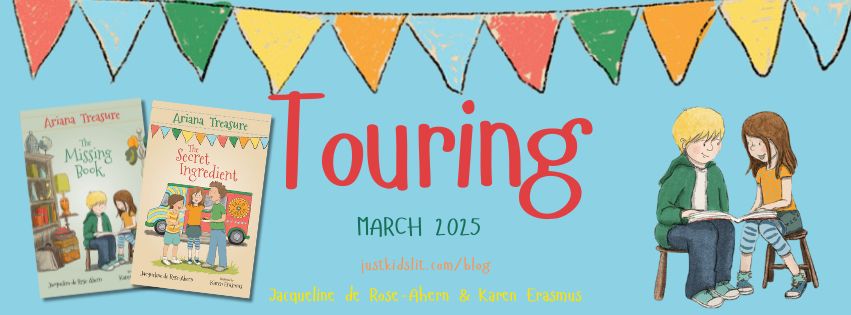
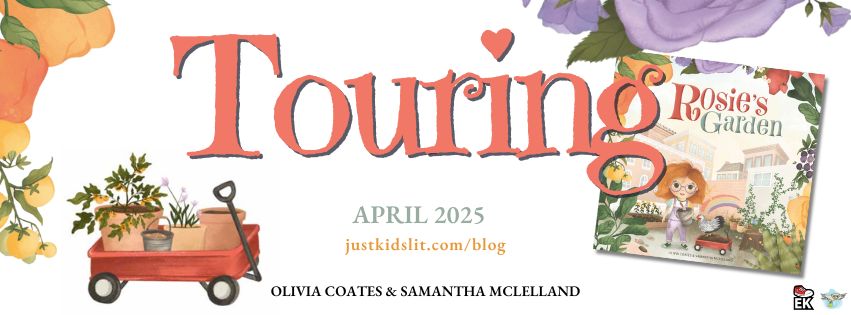
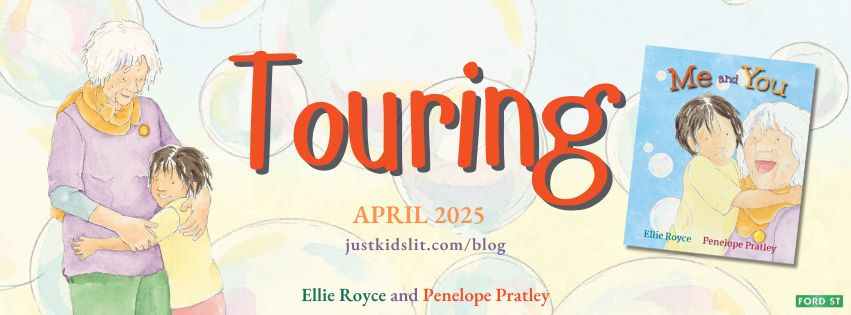
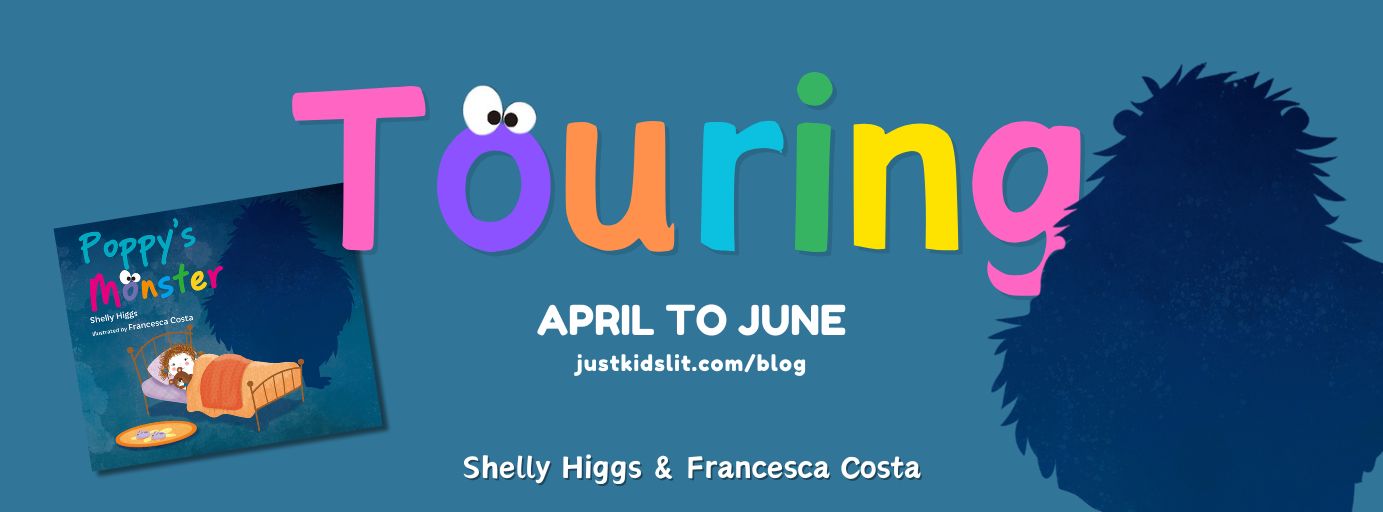
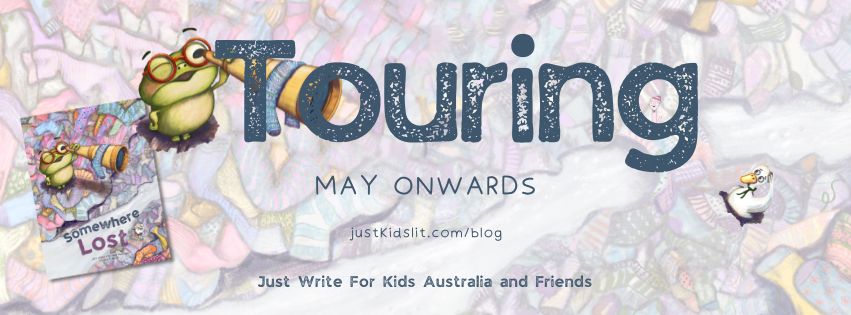





3 thoughts to “Did You Know? by Allison Paterson”
Allison has done a great job with this book, making the information both interesting and accessible to young children. Understanding this part of our history is important in ensuring it doesn’t happen again. We need to keep alive the memory of and respect for those who served, and still serve to protect our way of life.
Beautifully said. Thanks Norah! 🙂 x
Thank you, Allison.